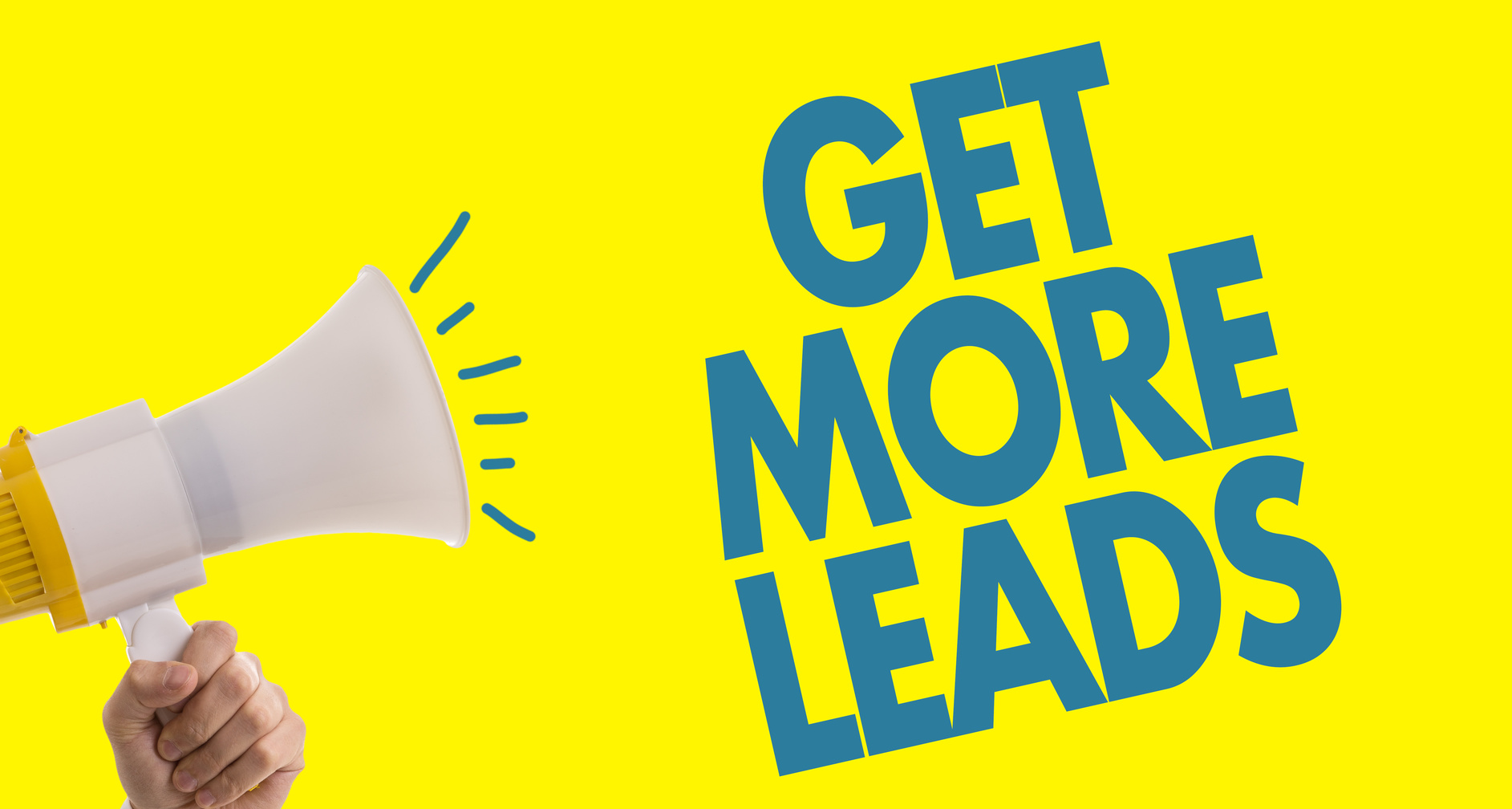 Acquiring new customers is never easy. If it were, you wouldn’t need to read an article about it. You’d just do it!
Acquiring new customers is never easy. If it were, you wouldn’t need to read an article about it. You’d just do it!
While the internet has certainly created new avenues for customer acquisition, it still takes effort. It still costs anywhere from 4 to 10 times more to acquire a new customer than to keep an existing one.
Thankfully, the new communication channels created by the internet have also made new customer acquisition and inbound lead generation easier.
But how do you get started?
Keep reading for a closer look at the basics of inbound lead generation and how you can get started with it today.
The Basics: What’s a Lead Anyway?
Before we dive in, let’s define something: a lead.
If you work in sales or marketing, you’re probably pretty familiar with the term already and probably have a pretty well-formed definition.
But, for the sake of getting down to the basics, here’s a definition: A lead is any person who’s shown some level of interest in your company’s product or service.
Their interest might be vague, but there’s something there. Something that makes it worth your while to talk to them.
A lead could be as simple as someone who’s read one of your blog posts or as in-depth as someone who is actively inquiring about one of your products or services.
Lead Generation: What It Means
If leads are simply people interested in your product or service, how do you make that happen?
This is where the concept of inbound lead generation comes in.
Inbound lead generation is the process of turning people who know nothing about your brand into leads. Lead generation is all about warming people up to your brand.
Inbound lead generation is not necessarily about selling a product just yet, the idea is simply to generate interest–and, ideally, to turn people into fans of your brand.
How to Get Started With Inbound Lead Generation
Inbound lead generation starts with an offer.
The most ubiquitous form of an offer in the digital space is knowledge.
Whether it be in the form of written content, a video, or something else — you have knowledge or expertise in an area that your prospects do not. Offering your knowledge or instruction on a given topic is a great way to tell people that you know a thing or two.
Conveying your knowledge builds trust … well, I don’t have to tell you that trust leads to lots of good things.
It All Starts With Traffic
Your offers, ultimately, must lead to traffic.
Blog posts or updates about your latest product or all of the exciting improvements you’re making to your marketing department are not going to attract a lot of attention.
Valuable knowledge and educational material are what people are looking for. No matter what you’re selling, odds are, someone wants to know more about your area of expertise.
If you’re selling car insurance, for example, you should have a pretty good idea of what people are looking for when shopping around. You could write a blog post exploring the primary benefits shoppers are looking for in an insurance provider. Another post could explore the different types of car insurance policies available.
Don’t forget about promoting your content though. An “if you build it they will come” attitude won’t get you very far. If your goal is traffic, you’re going to have to leverage social media and be active within your industry.
How to Turn Traffic Into Leads
Once you’ve generated some interest and traffic, the question is how to turn that traffic into leads.
The trick now is to offer readers or viewers an even more in-depth offer. If you’ve peaked a reader’s interest with an overview of all the different types of car insurance policies available, offer them a chance to really dive in with a comprehensive guide to selecting an insurance policy.
This where true inbound lead generation happens. Offer your readers something truly useful in exchange for a way to get in touch with them.
Now you truly have a lead.
This is often best done by capturing names through a form or lead page that will also point your new leads to the offer.
Putting It All Together
So you’ve got a few leads (hopefully), now what do you do with them?
This part is up to you and will depend largely on the type of product or service your organization offers.
But having a list of leads that are already warm to your brand is an invaluable resource.
To review, an effective inbound lead generation strategy should employ several factors:
1. Compelling, educational content that attracts visitors.
2. An in-depth offer that compels visitors to take action.
3. A means to capture leads so that you can communicate further.
What About Buying Leads?
The compulsion for marketers to fill lists quickly is near universal.
More names are always better, right?
Organically growing a list of leads is difficult and it’s easy to think that you can cut down your workload by simply buying something that would take a great deal of work to build on your own.
With lead generation, growing organically is almost always better than buying names. After all, purchasing a list can often have negative consequences.
Conclusion
All businesses practice lead generation in some form or another. It’s a strategy that’s effective across virtually all industries.
Cultivating and capturing leads should be one of the top priorities of your digital presence.
Take a look at our blog for more on inbound lead generation and how to make it work for your business.